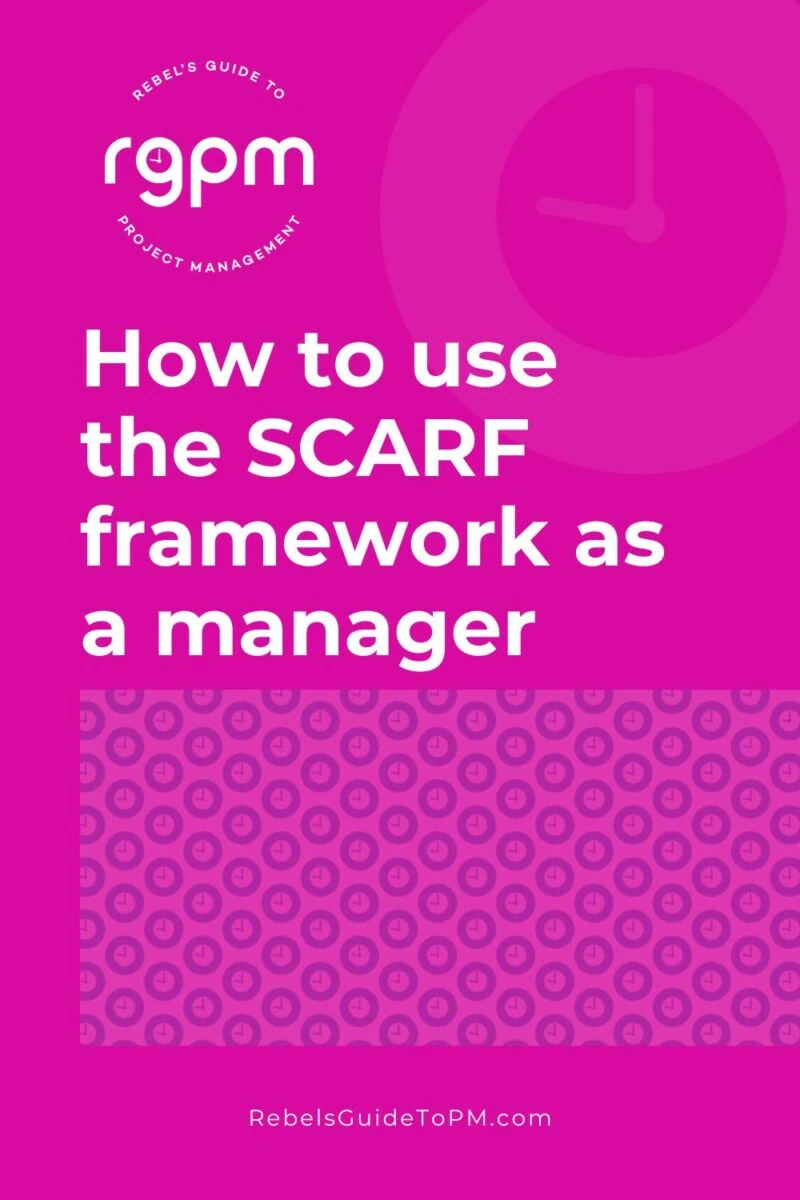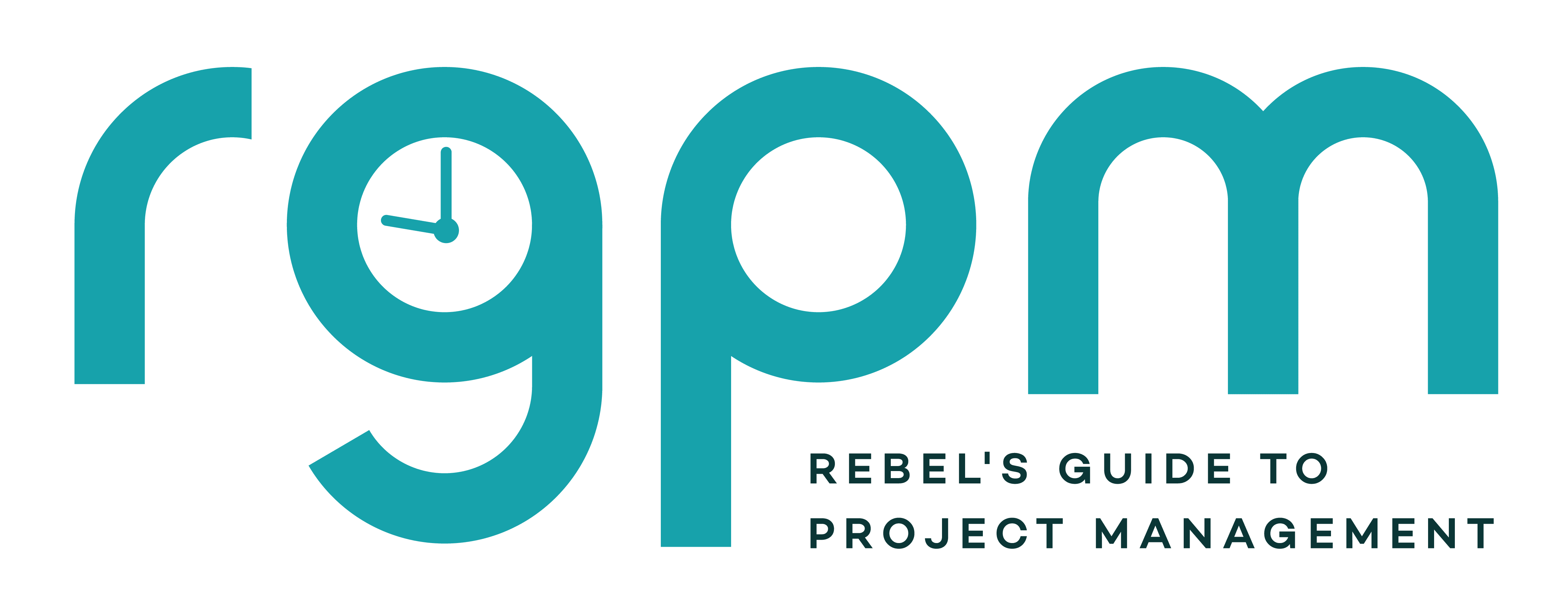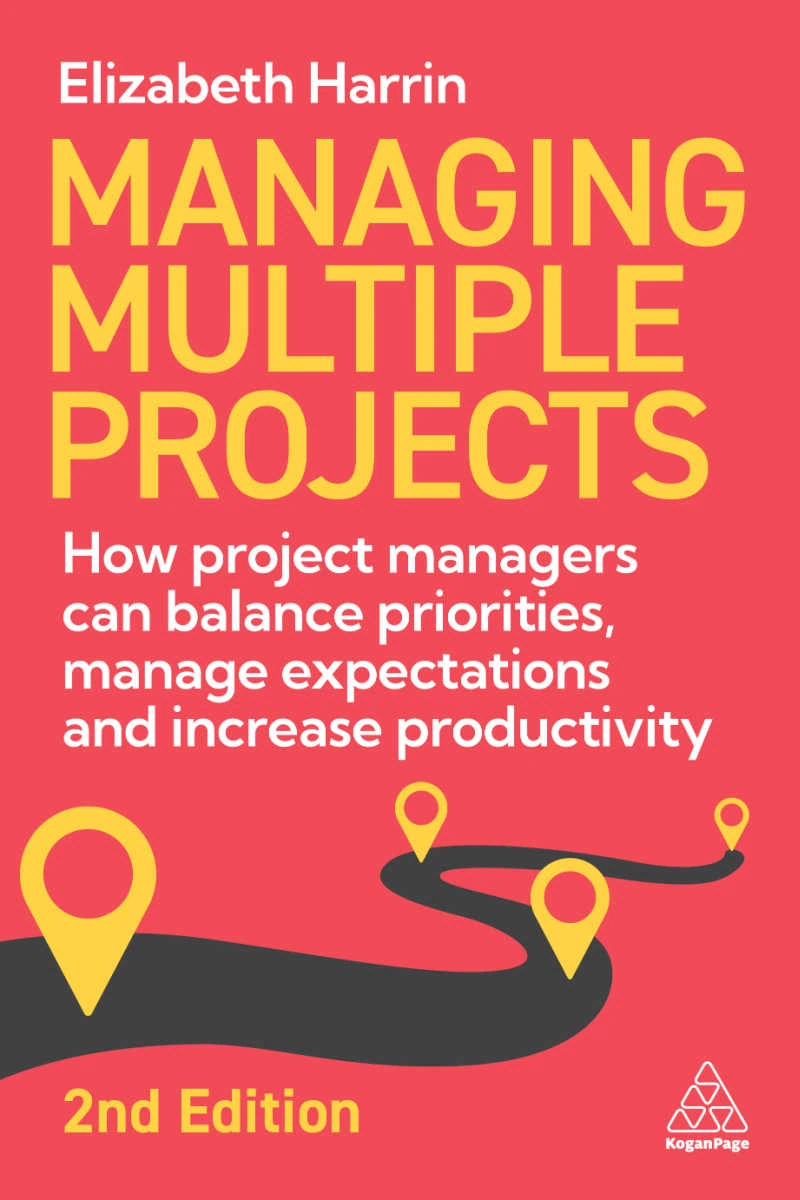How to use the SCARF framework as a manager
This blog is reader-supported. When you purchase something through an affiliate link on this site, I may earn some coffee money. Thanks! Learn more.

Managers should have a basic understanding of how the human brain works because it helps you navigate difficult situations. A bit of brain science goes a long way.
Unconvinced? Think about the projects you’re working on. How often have you seen a team member becoming defensive or a client getting wound up and quite aggressive over something relatively minor?
Or perhaps you’ve sat in a meeting when you suspect that several others, like you, are convinced that the discussion is adding no value, or even worse it’s downright unhelpful – yet nobody does anything about it.
That stops now. You’re about to learn about the magical SCARF framework and the brain basics that will help you spot what’s going on beneath the surface in those highly charged moments so you can better respond to behavior – both from yourself and others.
Ready to get into the details of the SCARF Framework? The concepts explained below will help you manage change on projects effectively.
What is the SCARF model?
There are five factors that the brain is always monitoring that have a huge impact on how we behave.
David Rock of the Neuroleadership Institute developed the SCARF model to explain those factors.
We are acutely sensitized to look out for these factors. SCARF stands for:
- Status – the perception of being considered better or worse than others
- Certainty – the predictability of future events
- Autonomy – the level of control we feel able to exert over our lives
- Relatedness – the sense of having shared goals and being part of the ‘in crowd’
- Fairness – the sense that we are being respected and treated fairly in comparison to others.
When people sense a change in any one of the SCARF factors, it can activate an avoidance response. The bigger the change the stronger the response!
The table below is taken from Carole Osterweil’s book, Project Delivery, Uncertainty and Neuroscience and gives further examples for using SCARF in organizational and project settings.

An example of SCARF in action
Picture Stefan who has arrived on time for a performance review meeting. His new manager has been in post six weeks, yet they’ve spent hardly any time together. Looking through the door Stefan sees someone else is in the room and is in the middle of a very animated conversation. The longer Stefan waits the more unsettled he becomes.
His manager’s unthinking actions have challenged his sense of status (S). As time goes on Stefan becomes less certain (C) about what to expect and how the meeting is likely to pan out. He feels less in control of his destiny (A).
When the meeting eventually starts. Stefan finds it harder to gather his thoughts, hear positive feedback or think collaboratively. His manager finds him defensive.
Brain Basics and the SCARF Framework
Let’s recap some ‘brain basics’ that will help put all this into context.
The human brain is wired for survival.
The human brain responds to social threat in same way as it responds to physical threat – it tries to avoid it.
In judging whether a situation is threatening, the brain trusts its own experience above all else.
This response to social threat generates avoidance emotions, for example, fear, anxiety, anger and shame. Avoidance emotions lead to avoidance behaviors such as defensiveness, denial, attack, and withdrawal – which all get in the way of delivery.
In contrast, when we feel psychologically safe, the brain generates emotions such as excitement, trust, joy and love.
These approach emotions are a prerequisite for successful project delivery because they enable us to collaborate, think about how to be creative at work and to be highly productive.
Take a moment to reflect on charged moments you’ve been party to. Use the five Brain Basics to consider what might have been going on beneath the surface. How does thinking in terms of ‘avoidance’ and ‘approach’ emotions and behaviors help you make sense of the situation?
Social threats cause avoidance behaviors, so we need to understand what they are and where they come from. That’s where the SCARF framework comes in!
Responding to social threat
We see and respond to social threat in the most mundane situations. These threats do not have to be explicit, intentional or real. We only have to perceive that our status has been reduced or that we are being treated unfairly and we will respond with avoidance behaviors.
The converse is also true. When we believe we are being treated fairly and that we have a degree of control over the future it’s easier be highly productive. We want the feelings of excitement and trust that come with engagement.

Using SCARF as a manager
Understanding how the brain works adds new perspectives to many good leadership practices. Take the adage: ‘When dealing with change, communicate, communicate, communicate!’
SCARF guides us to five areas that need to inform all our actions in organizational and project settings.
For example, by highlighting our desire for certainty, SCARF tells us that the prospect of change – whether a tweak to the IT system or wholesale digital transformation is likely to activate a threat response.
We need to include this knowledge in our project planning, and make sure that we prioritize activities to reduce the degree of uncertainty and counter the threat response.
This means speaking to people about the vision for the future, and sharing plans for achieving objectives; it means explicitly discussing what you do know about the future and being willing to admit what you have yet to work out; and it means offering timescales or admitting ‘we can’t tell you now but we will tell you by …’
Read Next: How Change Management Fits Into Projects
We’ve seen from Brain Basics and the discussion of SCARF and that every interaction with another person triggers a change in the intensity and quality of our emotions. Most of us are unaware of the ebbs and flows of our emotions.
Yet it’s these changes, driven by our innate need to survive, that determine how we behave.
David Rock on Neuroleadership
In the video below, David Rock from the Neuroleadership Institute talks about threat/reward and how your brain responds to situations – so you can go deeper into the science of how understanding your brain helps with leadership, team management and dealing with change effectively.
Key takeaways
On projects we rarely work in isolation. There are as many sources of social interaction and emotional triggers as people in the proverbial room (which includes those we connect with digitally via email, video and social media). This means we must:
- Remember SCARF
- Learn to spot when avoidance emotions and behaviors are triggered (in you and others!)
- Develop the skills to contain them and to evoke an approach response instead.
It will stop you adding to the volatility uncertainty, complexity and ambiguity of VUCA environments. It will bring down stress levels, reduce distractions and allow you to focus on what really matters – achieving your project goals.
This is an edited extract from Carole Osterweil’s book, Project Delivery, Uncertainty and Neuroscience.
Take it further
- Find out more why Carole wrote the book.
- Find out about Project Delivery, Uncertainty and Neuroscience – A Leaders Guide to Walking in Fog.
- Here are more books about change management that I recommend.
And if you’ve just got a new manager, like Stefan in the example above, take a look at these 7 things you should do when your boss changes.

